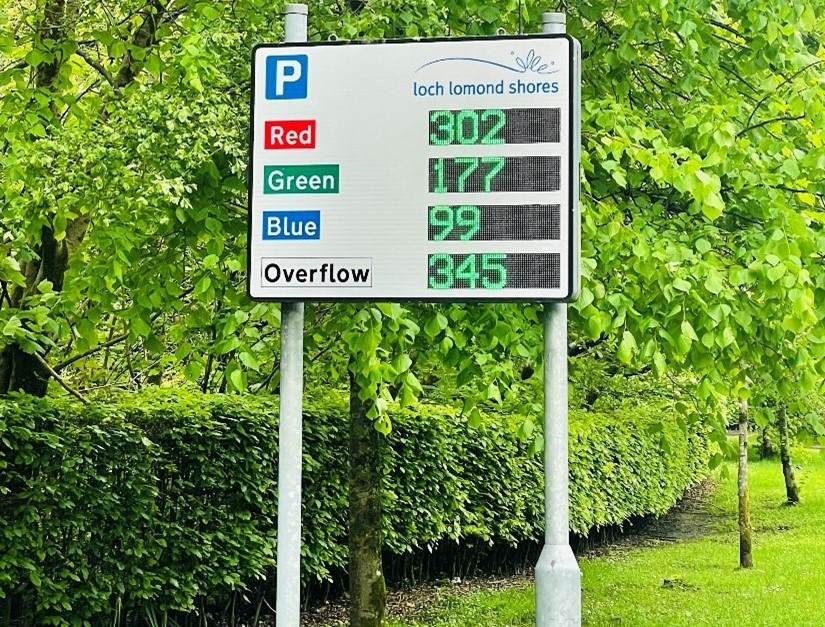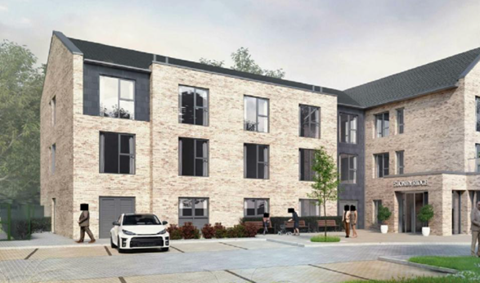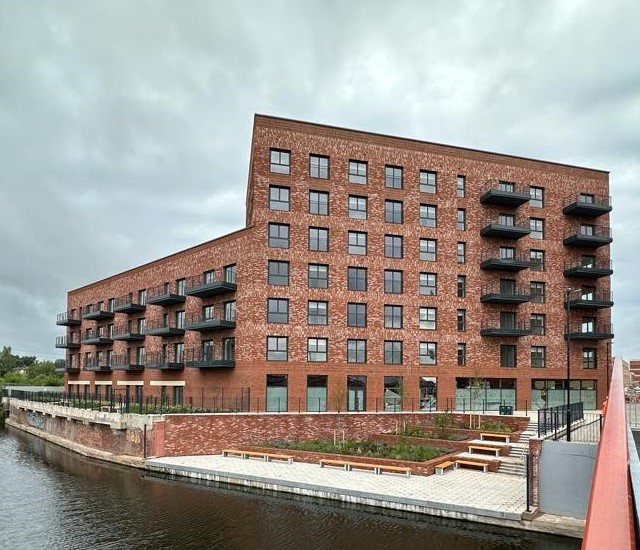Developers warned to take steps to mitigate London carbon ‘levy’
Housing developers in London face increased costs from October as new zero carbon regulations come into force.

In a briefing note for clients, we warned developers about the increased costs of ensuring all new homes built in the capital are zero carbon.
From October 1, residential developments in London must target zero carbon dioxide emissions, achieving a minimum reduction of 35% over the requirements of 2013 building regulations. Developers will have to offset any remaining carbon emissions with a payment to the local authority who will use the funds to achieve carbon dioxide savings elsewhere.
Richard Wilkes (pictured), Building Services Associate Director at Meinhardt UK, said: “Nationally, the government has stepped back from plans for zero carbon housing but the Mayor has retained the policy for the capital in the London Plan. Developers need to be aware of the potential for increased costs and look at options to mitigate the effect.”
We are advising developers to negotiate with local planning authorities and the GLA ahead of each new scheme. The objective of those discussions would be to set feasible and viable targets for on-site carbon reductions and agree the level of carbon offset payments.
Developers will be encouraged to reduce carbon emissions as far as possible on-site, through the use of the following strategies;-
• Good passive design including building orientation and external shading
• High performance envelope (U values and air tightness)
• High efficiency mechanical systems including MVHR
• Provision of a site heat network served by a central energy centre
• Connection to a district heat network
• Provision of Combined Heat and Power
• Inclusion of renewable energy systems e.g. wind, ground or air source heat pumps, solar photovoltaics, solar thermal
The cost to offset the remaining carbon dioxide emissions from residential development will be £1,800 per tonne, based on the GLA suggested £60 per tonne per year for a notional building lifetime of 30 years.
However, Richard Wilkes points out: “It is extremely difficult to deliver homes with zero carbon emissions in London, and the costs of on-site measures to reduce carbon emissions beyond 35% are in most cases likely to higher than offsetting and making payment to the local authority. This could result in the offset payment becoming a ‘levy’ as it will not be viable to provide further on-site reductions”
We expect that the UK beyond London faces similar regulations in years to come. The government has indicated that it will review the minimum energy performance detailed in the Building Regulations. Earlier this year it was expected that the government would introduce new building standards by the end of this Parliament, to comply with the latest Energy Performance of Buildings Directives adopted by the European Parliament and Council, which sets a target that all new buildings should be ‘nearly zero’ by 2020.
It is not yet clear how the recent referendum vote will impact on the introduction of these new standards.
The move towards zero carbon homes in London has a complex history. It was initiated by the government in 2006 through the planning system, the Code for Sustainable Homes and the Building Regulations. Two years later, the Climate Change Act set a UK target for an 80 per cent drop in carbon dioxide emissions by 2050.
For London, the Mayor set a much shorter deadline of 2025 for a 60 per cent reduction.
The government made a commitment in its 2011 Carbon Plan to “regulatory requirements for zero carbon homes to apply from 2016” leading to much debate and controversy over what “zero carbon” should mean.
London Plan policy reflected this government commitment, and it was expected that an update to the Building Regulations would be issued in 2016 to clarify the step change required for new developments and confirm the minimum on-site carbon reductions and allowable solutions for compliance.
But a few months later, the government announced it would not proceed with either the zero carbon allowable solutions carbon offsetting scheme or the proposed increase in on-site energy efficiency standards. It promised to keep energy efficiency standards under review, saying more time was needed for existing measures to increase energy efficiency of new buildings to become established. This effectively cancelled the update to the Building Regulations that would have driven the zero carbon emissions requirement for all new developments nationwide.
However, the zero carbon requirements remained a London Plan policy, and in late 2015 statements were made by the Mayor confirming that he intended to apply the policy for all new planning applications in London.
The GLA defined zero carbon in its document Energy Planning – GLA Guidance on Preparing Energy Assessments published in March 2016 and set the date of implementation as 1st October 2016.






